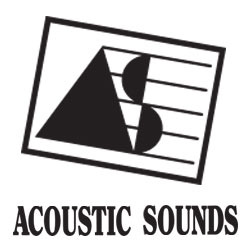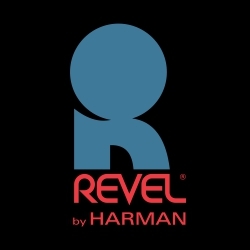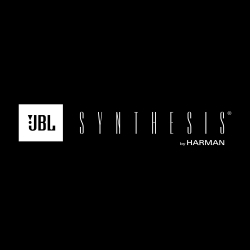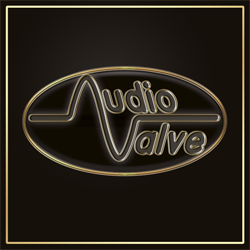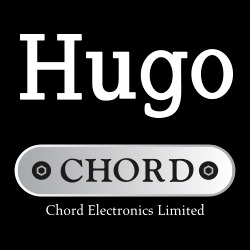Still wary of this industry’s THX sermonizing, I’m at a loss to explain but happy about the proliferation of center-channel speakers that are something other than horizontally-mounted versions of a given manufacturer’s main left-and-right speakers. Weren’t we told time and again that the three speakers across the front should be identical ? You know: all that guff about what happens when someone on screen is speaking while walking across the picture? And how the sound quality shouldn’t change one iota?
And yet here’s Boston Acoustic’s $400 VR12 center channel speaker, an upscale model in the Lynnfield VR Series, which has no exact equivalent in the range. The three full-range models (VR20, VR30 and VR40) share the VR12’s 25mm anodized aluminum dome tweeter, but this three-way unit has a 115mm copolymer midrange when the only other VR three-way, the VR40, uses a 135mm driver. And the VR12’s two 165mm woofers? They’re also unique, because the others use 180mm woofers. So the VR12 is not quite a VR speaker on its side, but a truly dedicated center model.
I love this flouting of surround-sound’s status quo. Boston Acoustics has actually taken the more difficult path of not merely flipping one of its speakers sideways (after making it symmetrical, that is). Instead, drivers were developed appropriate for fitting into a shielded, TV-set-friendly 8.75x25x8.5in (HxWxD) enclosure. Dual woofers provide the symmetry by flanking vertically-mounted treble and mid drivers.
Boston’s Lynnfield Project research, which resulted in a $5000 speaker system, has trickled down to the VR Series speakers; the tweeter in particular shows how the company adapted high-end features to the more affordable models. Fixed vertically to the front of the aluminum dome is the AMD (Amplitude Modification Device, patent pending), which acts as a mechanical acoustic filter. Drilled through it are five hollow tubes which attenuate specific frequencies to eliminate unwanted resonances. An added bonus is that of the AMD physically safeguarding the dome; if your kids have like to play football in your listening room, at least they won’t be able to nuke your tweeter.
Black ash vinyl clothes the VR12, while the drivers — mounted on a 1in thick hardwood composite baffle which is raised and bevelled to avoid diffraction problems — are covered by a grille-on-a-frame which is designed not to interfere with dispersion. Indeed, the center image “width” is one of the VR12’s virtues and the “hot seat” accommodates more than one listener because this speaker delivers nearly as much sound 45 degrees off-axis as it does down the middle.
Connected to a variety of amplifiers via the rear-mounted multi-way binding posts, the VR12 was auditioned as both a center channel speaker and as a full-range – albeit monophonic – speaker for assessment on purely on sonic grounds. And, sadly to say, it failed the latter test miserably. Which won’t bother Boston Acoustics because the VR12 is never going to be purchased in pairs as a substitute for a “normal” stereo pair. But absolute sound quality is as much an arbiter of center speaker performance as is the ability to cover a more limited signal inbetween a pair of full-range devices.
Using well-recorded mono signals, including live spoken-word broadcasts, the VR12-on-its-own sounded coarse and “shouty”, even with super-smooth tube amplifiers. Rated at 15-250W and needing only 1W to produce 91dB at 1 meter, the VR12 sounded just as harsh whether I used a 30-watter typical of a mid-priced “home theater receiver” or a Krell 300W monoblock or an exotic tube amp in the 50W-plus region. It forced me to abandon listening on purely sonic grounds. So it was off to the (home) cinema.
Make no mistake: the VR12 begs to be used with a subwoofer. Despite a frequency response of 58Hz to 20kHz (±3dB), which is wa-a-ay more than most so-called full-range bookshelf systems, the VR12 always sounded to these ears as forward, shouty and bass-shy. Given that proper THX and most Dolby Surround decoders feature switching to accommodate the absence of separate subwoofers (and – as the instruction manual points out – most “normal” settings divert low bass to the left and right speakers anyway), the VR12 follows the center channel recipe right down to not having to handle deep bass. It will, in most installations, never even taste low bass. Which in turn compels the user to add a subwoofer.
So what we have here is a speaker designed to handle cinematic center-fill consisting primarily of conversation, which it renders rough and raspy…but you do get lots of it. Unless you already own a complete VR-Series set-up and you suffer the fetish of insisting that all five (plus subwoofer) speakers in your system be of the same brand, you’ll do much better elsewhere.
RATINGS:
PERFORMANCE: 2 out of 5 (or 4 out of 10)
ERGONOMICS/USEABILITY: 5 out of 5 (or 10 out of 10)
STYLING: 3 out of 5 (or 6 out of 10)
VALUE FOR MONEY: 2 out of 5 (or 4 out of 10)
(Sound & Image, 1995)

